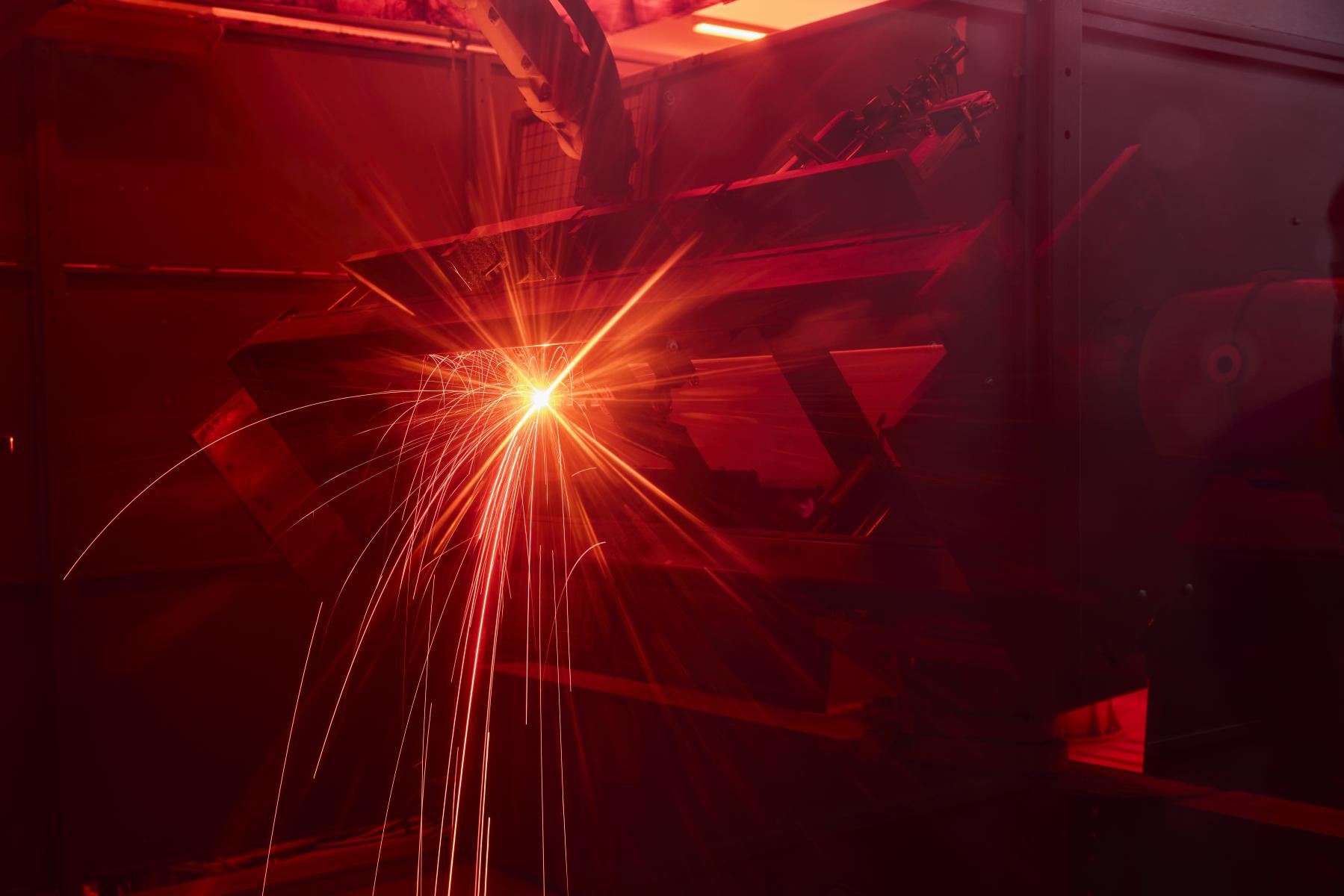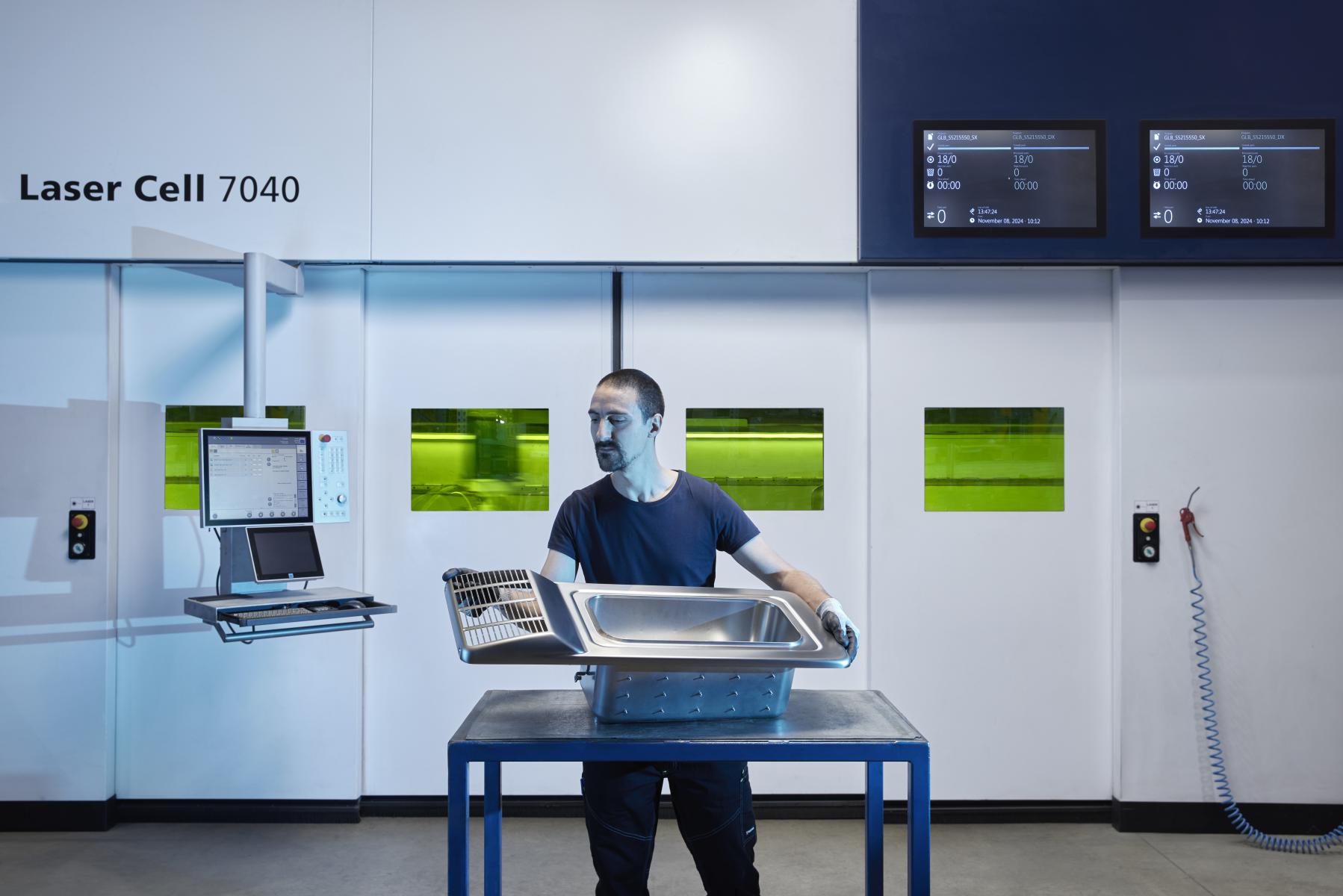Breadcrumb
TIG welding of aluminum among Minifaber's specializations
TIG (Tungsten Inert Gas) or GTAW (Gas Tungsten Arc Welding) welding is one of the most suitable processes for welding aluminum and its alloys, because it offers excellent performance and great aesthetic results. Find out in this article everything you need to know about TIG welding of aluminum and Minifaber's services.

GTAW is an arc welding process with infusible electrode, which takes place through the use of an inert gas, and can be performed with or without filler metal. The transfer of the electric arc from the electrode to the workpiece occurs thanks to the flow of gas that is ionized, i.e. electrically charged.
Since it allows to localize the heat input in a precise and concentrated way on the pieces in contact, the aesthetic result is relevant and the welded joint easily obtains the right penetration and mechanical seal. However, this requires great technical skill and suitable machinery.
The reason lies, first of all, in the characteristics of the aluminum itself.
TIG welding of aluminum requires a great deal of technical preparation
To weld aluminum you need TIG sources with AC/DC current and specific programs to destroy alumina oxide so as to improve the quality of the welded joint and give the right heat input.
Before starting the actual robotic welding process, the aluminum must be cleaned of the oxide layer that forms on the surface and melts at a much higher temperature than the pure metal (whose melting point is around 1202 °F) and because alumina has a higher specific gravity than the base metal, so it tends to sink into the molten bath. If alumina remains embedded in the weld joint, it gives rise to cracks and brittle welds.
The oxide layer must then be removed, which can be done in various ways: mechanically by grinding, or by using alternating current programs, or by using the most suitable filler material.
Finally, remember that aluminum melts at low temperatures and is an excellent heat conductor, characteristics that require great welding experience.
At this point, you can proceed with TIG welding of aluminum.
Achieve impeccable results
To achieve optimum results from a functional and aesthetic standpoint, it is necessary for the electrode to be kept at a correct and constant distance from the weld joint.
If filler material, in wire or rods, is used, it must be positioned correctly with respect to the welding flashlight to fuse together with the base metal in the weld pool.
TIG welding of aluminum at Minifaber
Since 1960 Minifaber has specialized in the cold working of metals and provides a range of services that includes, among others, TIG welding of aluminum (but also stainless steel, copper, iron).
TIG or MIG welding? Ask Minifaber!
In general, we can make the following distinction:
- for thinner thicknesses, it is better to opt for TIG welding of aluminum.
- for greater thicknesses, on the other hand, MIG welding with filler material that avoids the formation of cracks or porosity is more appropriate.
In any case, depending on your needs, Minifaber can choose the most suitable technologies and machinery for welding aluminum (manual or robotic) to guarantee you a perfect result.


